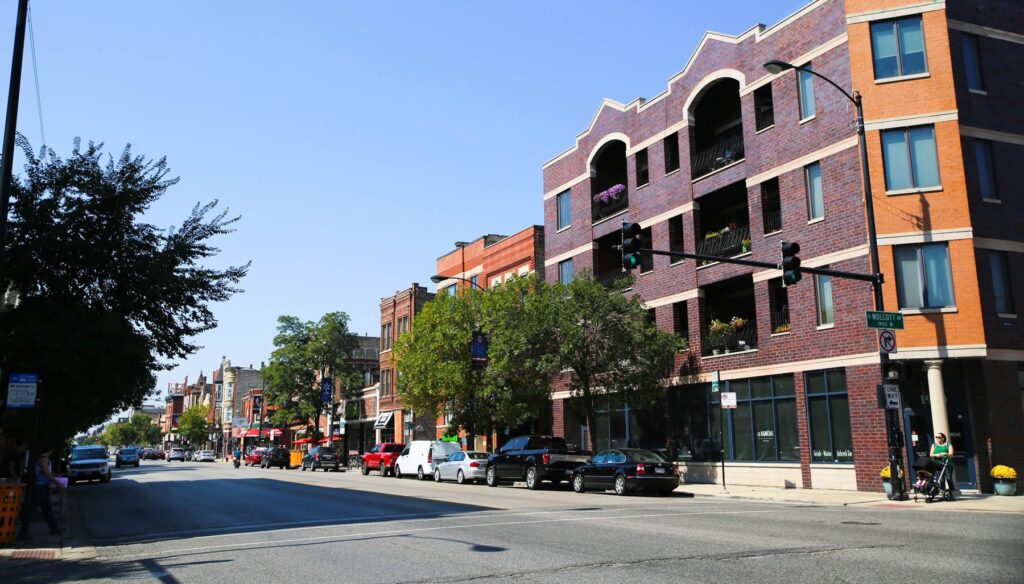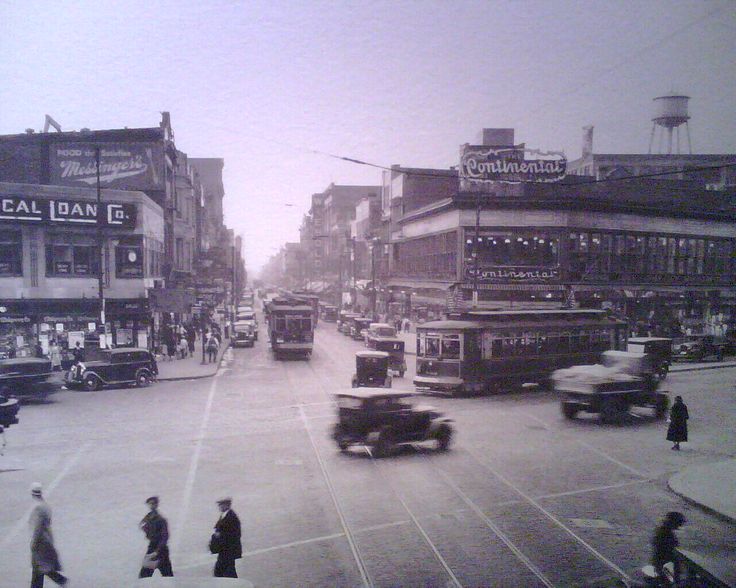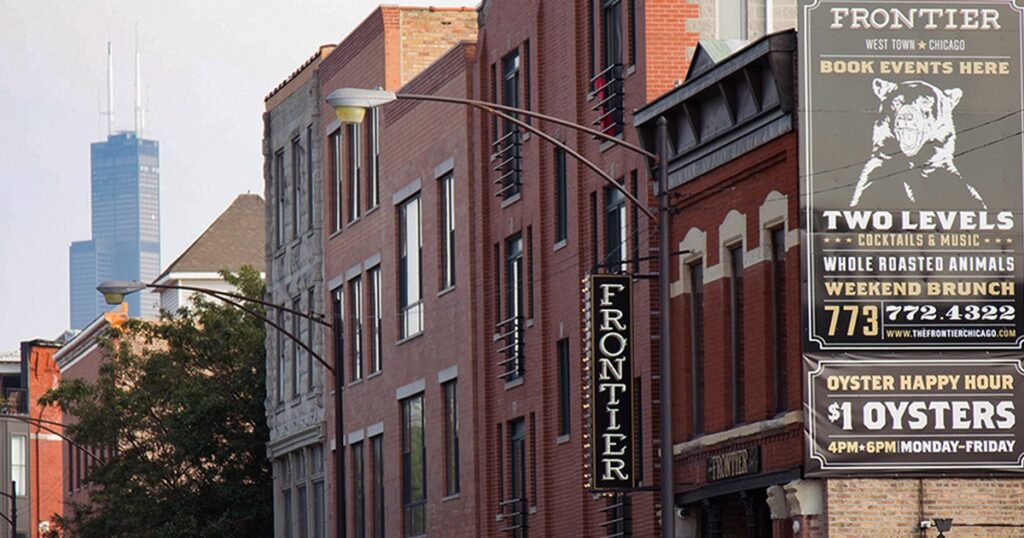West Town, Chicago: Exploring the Neighborhood
West Town, an eclectic community in the heart of Chicago, is known for its diverse population, vibrant culture, and unique real estate offerings. This article will guide you through the neighborhood’s history, demographics, notable landmarks, and much more.

West Town: A Brief Overview
The district of West Town, situated northwest of the Loop on Chicago’s West Side, is recognized as one of the city’s official community areas. It has been a melting pot of various cultures, with its roots tracing back to Polish Downtown, along Western Avenue, which was once the city’s western boundary.
Today, West Town is a bustling neighborhood, home to an array of restaurants, art galleries, shops, and residences that reflect its rich history and diverse community. With its independent spirit and dynamic vibe, West Town is a testament to the eclectic charm that Chicago has to offer.
Demographics: A Melting Pot of Cultures

West Town’s history of immigration has resulted in a culturally diverse neighborhood. Over the past century, the area has seen waves of immigrants from all over the world, including Polish, Ukrainian, and Mexican communities. This diversity is reflected in the neighborhood’s demographics, making it a vibrant and multicultural community.
According to the most recent census, West Town is home to approximately 87,781 residents. The racial composition is diverse, with 63.2% White, 6.2% Black, 21.0% Hispanic, and 5.4% Asian. The neighborhood also boasts a high educational attainment, with 94% of residents having a high school diploma or higher and 70.1% holding a bachelor’s degree or higher.
The Neighborhoods within West Town
West Town is a conglomerate of several distinct neighborhoods, each with its unique vibe and charm. Some of the notable neighborhoods within West Town include:
Pulaski Park
Located west of Goose Island and east of Wicker Park, Pulaski Park is a neighborhood that derives its name from the historic park and fieldhouse designed by Jens Jensen between 1912 and 1914. The park and fieldhouse were listed on the National Register of Historic Places in 1981 and became an official Chicago Landmark in 2003. The neighborhood is home to many major Polish organizations and boasts some of Chicago’s Polish Cathedrals.
Wicker Park
A neighborhood northwest of the Loop, Wicker Park is named after Charles and Joel Wicker, who purchased 80 acres of land along Milwaukee Avenue in 1870. The area became popular with Chicago’s wealthy Northern European immigrants, who built large mansions along the neighborhood’s choicest streets. Today, Wicker Park is known for its eclectic, artsy vibe and is one of the city’s up-and-coming hot spots.
Ukrainian Village
This neighborhood is a testament to West Town’s Eastern European heritage, reflected in its historic architecture and cultural institutions. The Ukrainian National Museum and the Ukrainian Institute of Modern Art are among the significant landmarks in this area.

Other Neighborhoods
In addition to Pulaski Park, Wicker Park, and Ukrainian Village, West Town also includes other neighborhoods such as East Village, River West, Noble Square, Smith Park, and several others, each contributing to the area’s diverse character.
Transportation: Getting Around West Town
Well-served by public transportation, makes it easy for residents and visitors to navigate the city. The Blue Line runs along Milwaukee Avenue, with stops at Chicago and Grand, while the #66 bus provides quick service to Michigan Avenue and Navy Pier along Chicago Ave. For more active types, biking is also an option, with Divvy Stations located throughout the neighborhood.
Local Attractions: Art, Culture, and More
West Town is a hub of arts and culture, home to numerous galleries, museums, and public art displays. The area around Division Street, Milwaukee, and Ashland, known as Kostkaville or the Polish Triangle, is a hotspot for cultural activities. The neighborhood is also home to two of Chicago’s Polish Cathedrals: St. Stanislaus Kostka and Holy Trinity Polish Mission.
In addition to its rich cultural scene, West Town is known for its unique shopping destinations. From Western wear at Alcala’s to antique treasures at Urban Remains and Salvage One, there’s something for every shopper in West Town.
Dining in West Town
With Chicago Avenue recently named by Crain’s Chicago Business as the best dining strip in the city, this area is a food lover’s paradise. The area is home to a diverse array of restaurants, from high-end dining experiences to some of the best inexpensive ethnic eateries around.
Living in West Town: Housing and Real Estate
The neighborhood offers a diverse range of housing options, from vintage worker’s cottages to luxurious new-construction single-family homes. The most common configuration for multi-families is the traditional three-flat, often with a duplex down on the first floor, topped by two simplex units.
Community Involvement: A Neighborhood that Cares
Community engagement is a significant part of West Town’s charm. Organizations like the West Town Chamber of Commerce, East Village Association, Chicago Grand Neighbors Association, and several others offer residents a chance to get involved and make a difference in their community.
Whether you’re a history buff, art lover, foodie, or just someone looking for a vibrant and diverse neighborhood to call home, West Town has something for everyone. Its rich cultural heritage, eclectic vibe, and active community make it one of Chicago’s most unique and appealing neighborhoods. Whether you’re planning to visit or considering a move, West Town is worth exploring.


